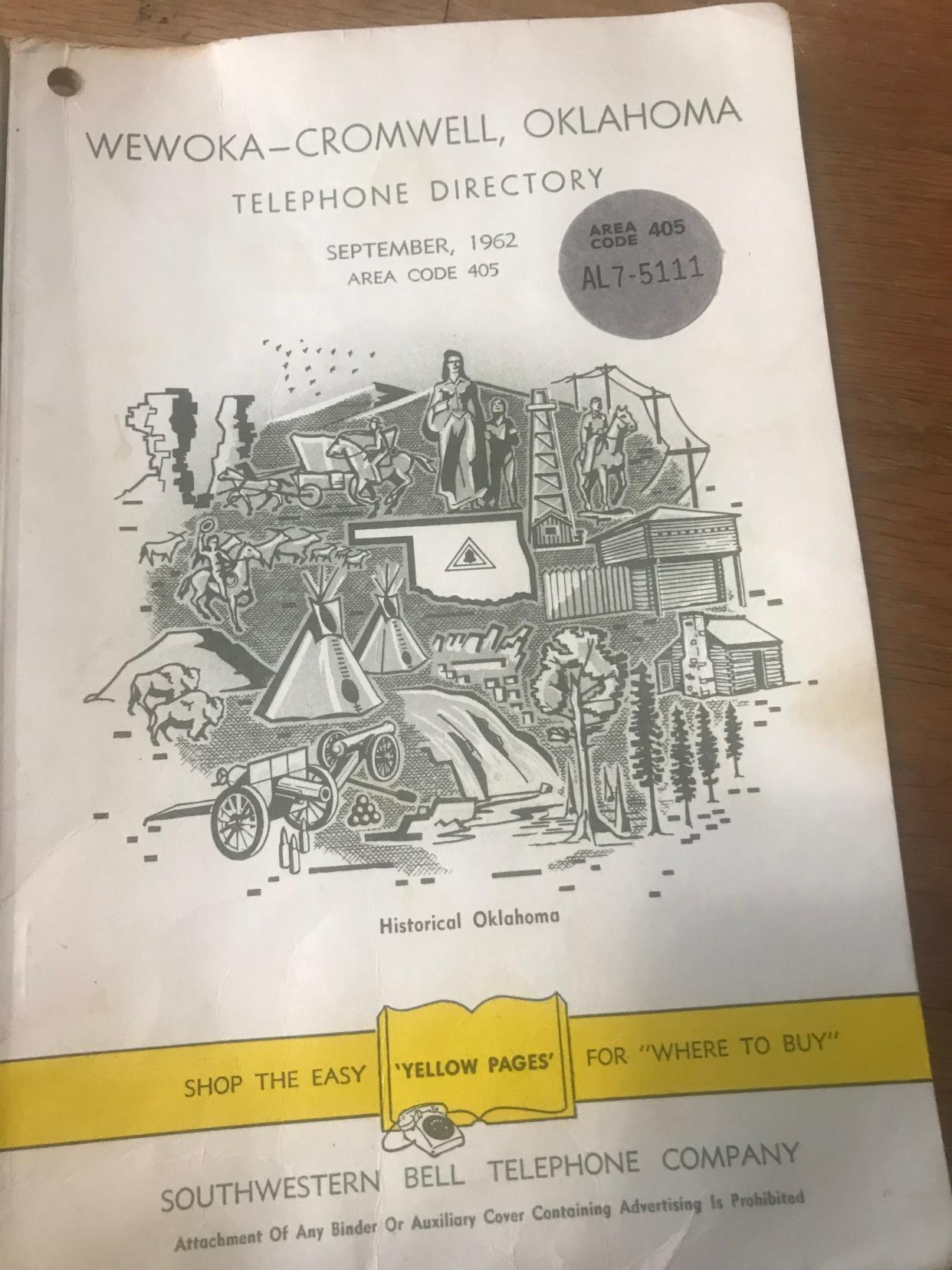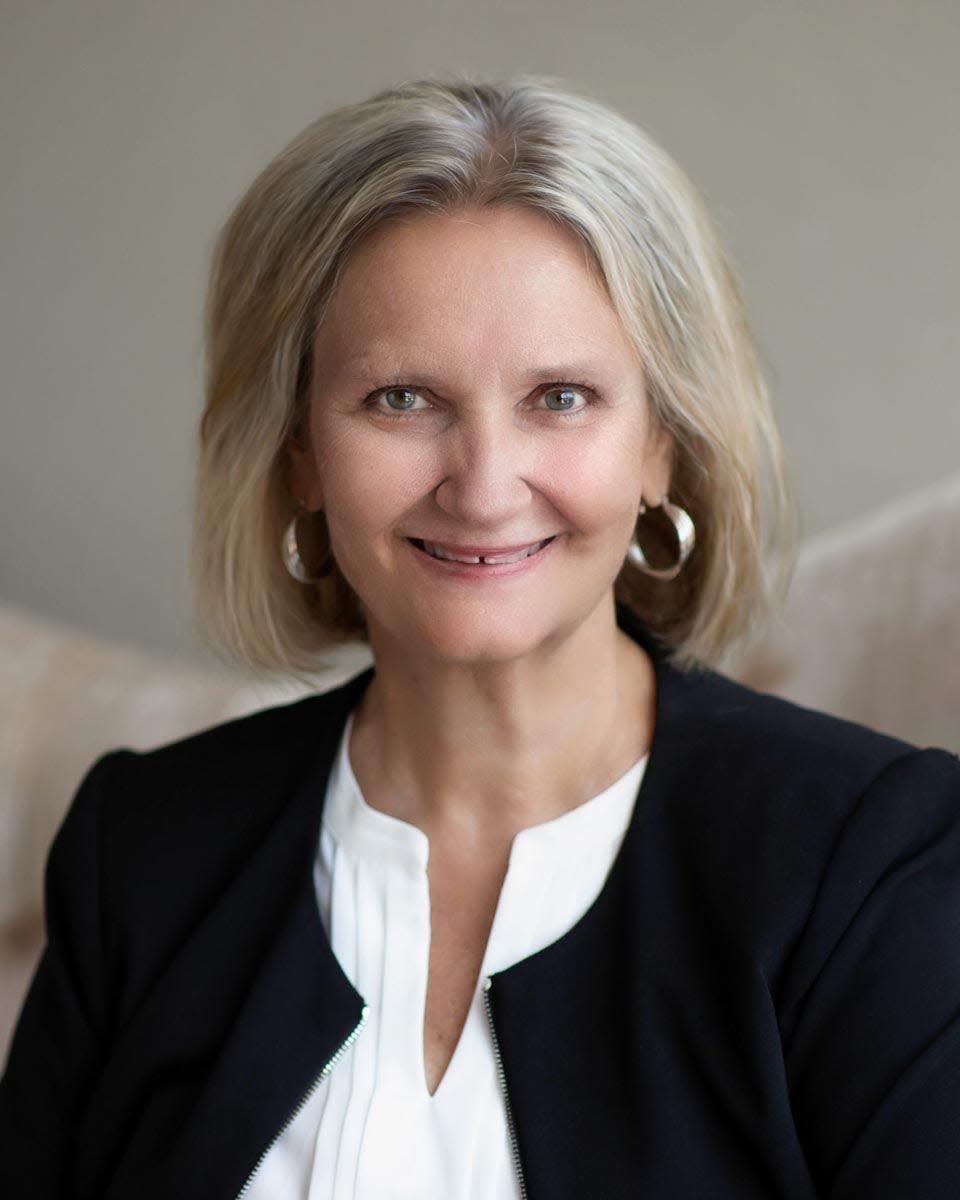Guest: The plan was to flip through old books and archives to learn more about Granny ...

Dozens of websites and online publications can provide solid resources in the search for one’s ancestors.
How about exploring a museum as part of the search?
Recently, I did just that. My plan was to sit and flip through old books and sort documents and archives to find out more about my granny.
I started exploring my roots more than 20 years ago after the family gave me boxes of Granny Ione’s personal treasures, including 60 years of diaries and many documents. Ione died in 1963.
As I headed to the Seminole Nation Museum in Wewoka, I had no idea how much I could find out about her, if anything. Yet, I’ve always had a sixth sense there was something hidden in the museum that would provide some answers.
Indeed, my grandparents, great-grandparents and a great-great-grandmother had lived in a house near the museum location starting before statehood.
Once inside, I noticed a wall plaque that listed several of my own family members, all early museum donors.
A woman standing nearby caught my eye, and she introduced herself as Mary Cole Smith. She said she actually had known my granny many years ago.
Mary and Granny belonged to the same women’s club over the years that often played a game of drawing names for gift giving.
Granny once pulled her own name out of the hat and bought herself a gift, anyway. Everyone had a good laugh over that, Mary recalled.
Mary and I parted ways and I headed home. Months later, I was reading through one of Granny’s diaries and came across her own handwritten description of that very gift-giving experience.
Serendipity. A chance meeting had unveiled to me a Granny story.
Yet, I longed to know even more and arranged through the museum to call Mary at her home.
Mary is in her late 80s now, but she clearly recalled early day Wewoka. She spoke about the robust economy back then and an ever-growing business district ― thanks to the discovery of oil in the 1920s. At one point, the community had a population of more than 5,400. Today, that number has dwindled to about 3,000.
I dug a 1962 Wewoka telephone directory out from my files, and it confirmed the healthy business climate Mary had referenced. The book listed 10 clothing shops, four druggists on one street alone, 18 retail grocers, 11 laundries, 12 beauty salons, 11 auto repair shops, 28 attorneys and 11 new car dealerships.
While speaking with Mary, her husband came on the phone and asked what had ever happened to the "log cabin" located on Granny’s property.
I knew the answer to that one, and much more of the story because of my ongoing ancestry research. A 1956 newspaper clipping pictured the log cabin, calling it a landmark. I have childhood memories of playing outside that cabin and jumping off its rotting front porch.
Surprisingly, I later read a note Granny had written in her 1946 diary about that log cabin. She was preparing the log cabin so it could be removed from the property. Her words described how sad it was to clean out the oldest house in town.
Ready for another Mary connection to my family? While reading in yet another Granny diary, I found a story about Mary and my mother getting together to play bridge.
It’s uncanny how these stories have come together from my diary research and the chance meeting at the museum with Mary.
Today, the Seminole Nation Museum is being renovated and staged to tell even more historic accounts of Wewoka. I’m content because the museum has already spoken volumes to me.

Andrea Chancellor has more than 20 years in newspaper and magazine journalism, and 20 years in public relations.
This article originally appeared on Oklahoman: Chancellor: Chance museum meeting reveals ancestral connection

